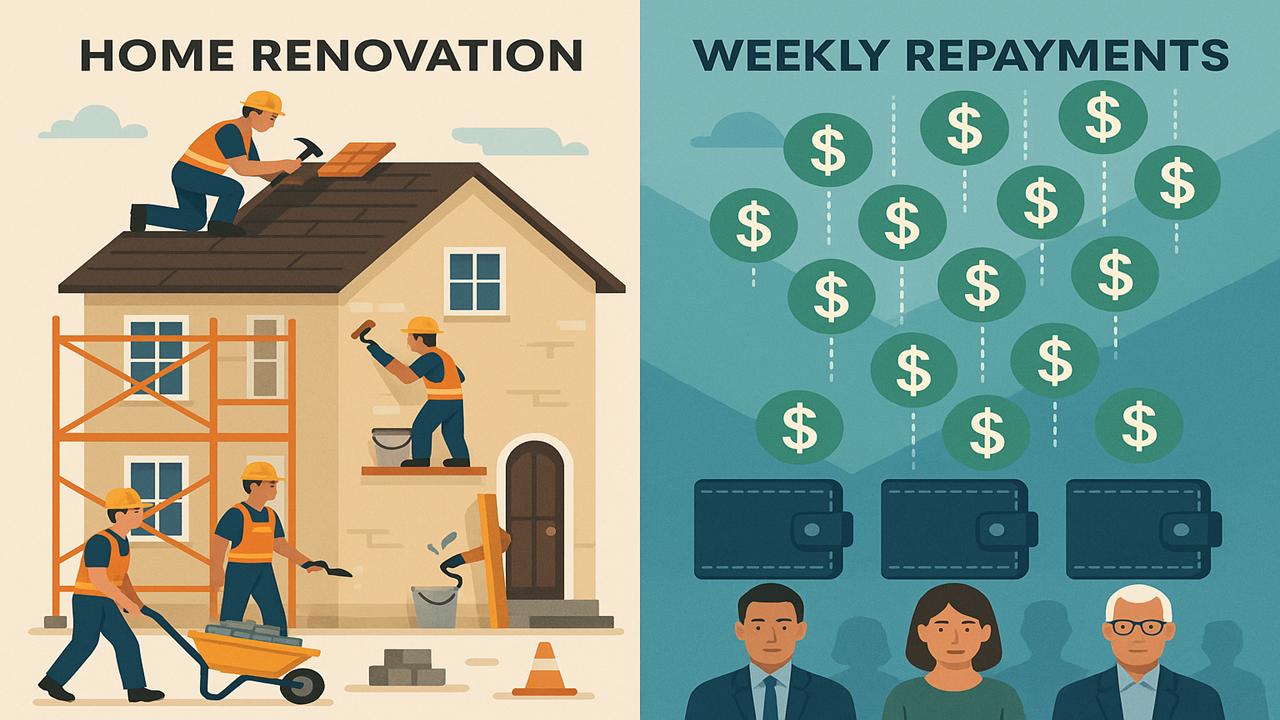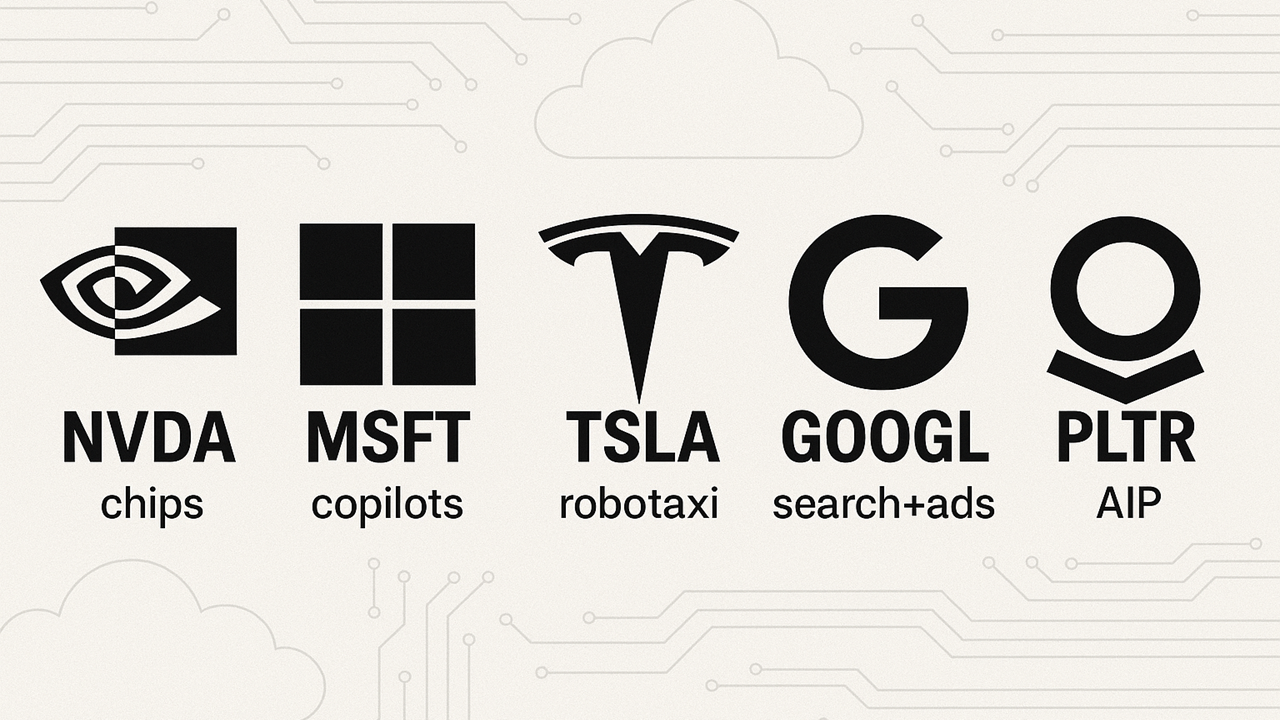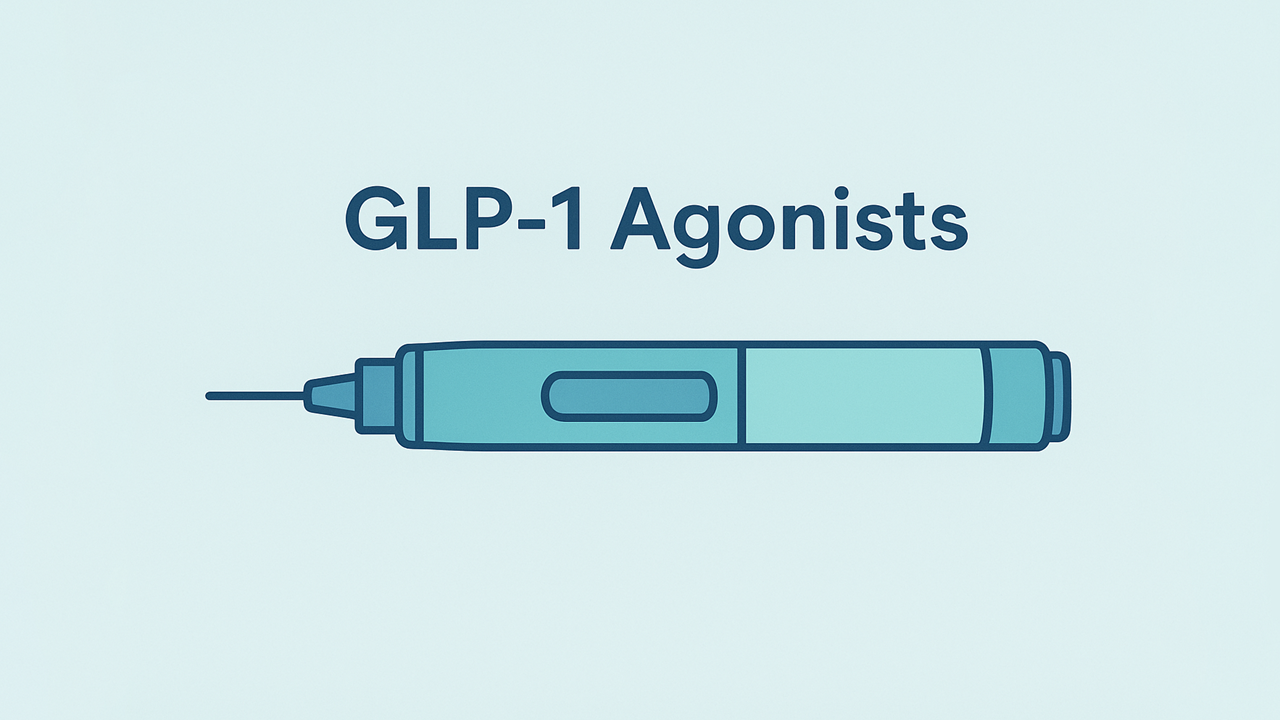Investing Platforms: Groundfloor
Cash sitting idle earns pennies, yet chasing higher yields often means stomach‑churning volatility. What if you could capture double‑digit returns from real‑estate deals without flipping houses yourself, locking money for years, or meeting “accredited investor” rules? Groundfloor says you can.
By fractionalising short‑term property rehab loans into $10 slices, the platform claims to deliver historical averages near 10 percent while paying investors weekly. That sounds compelling—but how does it really work, what risks lurk beneath the glossy marketing, and how does Groundfloor compare with stalwarts like Fidelity or newcomers like Fundrise?
This long‑form guide answers those questions in plain English. You’ll learn the loan‑to‑value math that guards your principal, why diversification beats loan‑picking bravado, and exactly how to bag a $50 bonus on your first $100 deposit. Ready to see whether Groundfloor deserves a place in your portfolio? Read on.
Table of Contents
How Groundfloor Turns Loans into 10 % Yields
Groundfloor operates as a direct‑lending marketplace for residential fix‑and‑flip projects. Instead of a bank extending credit to a developer, Groundfloor underwrites and prefunds a short‑term loan, then files it with the SEC as a Limited‑Recourse Obligation (LRO) open to public investment [1].
The borrower pipeline
Developers submit project plans, budgets, and personal track records. Groundfloor’s credit team verifies valuations, title data, and local market comps before approving only about one in ten applications [2]. Approved loans range from 6 to 18 months, with maximum loan‑to‑value ratios around 70 %. The property itself secures the debt with a first‑lien position.
Fractional investing
Once SEC‑qualified, the loan appears on the Groundfloor dashboard. Investors commit as little as $10 per loan, buying proportional claims on principal and interest. Choose loans manually or enable Flywheel Auto‑Invest to spread funds across hundreds of notes instantly.
Grading and interest
Each project receives a risk grade from A to G. Lower‑risk A loans might pay 6–8 %, while higher‑risk E or F notes can top 14 % [3]. Weighted across the entire platform, investors have historically realised about 10 % annualised returns net of fees [4].
Servicing and repayment
Borrowers draw renovation funds in stages; Groundfloor tracks progress and disburses funds only after inspections. Interest accrues weekly and, once the property sells or refinances, investors receive principal plus any unpaid interest. Flywheel users see repayments recycled automatically, compounding returns without extra clicks.
Handling delays and defaults
Roughly 3–5 % of loans run late or default each year [5]. When that happens, Groundfloor enforces the lien, may extend the term with penalty interest, or forecloses and sells the asset. Historical recovery rates have limited principal loss to a fraction of one percent of total capital deployed [6].
Features That Differentiate the Platform
Groundfloor’s appeal rests on a blend of accessibility, transparency, and automation rarely found together in real‑estate finance.
Low entry threshold – $100 funds an automatically diversified portfolio; $10 buys a slice of any individual loan.
Open to non‑accredited investors – Regulation A+ qualification in 49 states plus international access for deposits over $5 000 [7].
Short duration – Typical projects close in 12 months, returning capital far sooner than equity‑based syndications that lock funds for five years.
Weekly cash flow – Interest hits accounts every Wednesday, smoothing income and enabling quick reinvestment.
Fee‑light model – Manual investors pay no annual or transaction fees. Flywheel carries a modest 0.5–1 % cut of interest at repayment, still below many crowdfunders.
IRA compatibility – Traditional, Roth, SEP, and Solo 401(k) accounts supported via a partnered custodian, currently with waived custodial fees.
Transparent reporting – A public performance page lists every loan ever originated along with repayment status, default outcomes, and realised investor returns.
Together, these features have landed Groundfloor on Forbes’ Fintech 50 list and Business Insider’s “Best Short‑Term Real‑Estate Investment” award three years running [8].
Balancing the Pros and Cons
No investment is flawless. Understanding both sides of the ledger is essential before wiring funds.
Advantages
Double‑digit target yield built on secured debt rather than volatile equity.
Automatic diversification across hundreds of properties reduces single‑project risk.
Low correlation with stock or bond markets, providing portfolio ballast.
No landlord duties—no toilets, tenants, or midnight calls.
Fast capital recycling lets you redeploy or withdraw proceeds every few months.
Drawbacks
Illiquidity until maturity—there is no secondary market to exit early.
Real‑estate downturn risk—declining home values can hamper recovery in a default.
Platform dependence—while loans are legally separate, servicing disruptions could occur if Groundfloor ceased operations.
Concentration—all exposure is to U.S. residential rehab; further diversification requires other asset classes.
Tax treatment—interest is ordinary income, not lower‑taxed capital gains (unless held in an IRA).
Smart investors mitigate these downsides by sizing positions appropriately and pairing Groundfloor with liquid holdings.
Groundfloor Versus Robinhood, Fidelity, Schwab, Fundrise
Different goals require different tools. The table distils how Groundfloor stacks up.
| Platform | Asset Focus | Minimum | Investor Fees | Liquidity | Typical Yield |
| Groundfloor | Short‑term real‑estate debt | $10/loan | 0 % (manual) • ≈ 1 % Flywheel | Low – until loan repays | ≈ 10 % |
| Robinhood | Stocks, ETFs, crypto | $0 | $0 trades | High – instant sell | Market‑driven |
| Fidelity / Schwab | Full‑service brokerage | $0 | $0 trades; fund ERs | High | Market‑driven |
| Fundrise | Long‑term real‑estate equity + debt | $10 | ≈ 1 % /yr | Very low – 5‑yr horizon | 8–12 % |
Robinhood, Fidelity, and Schwab shine for daily liquidity and broad asset menus. Fundrise suits hands‑off investors who can wait years for appreciation. Groundfloor fills the niche for yield‑hunters wanting tangible collateral and faster capital turnover.
Key Risks Every Investor Should Weigh
Short terms and collateral do not eliminate risk; they reshape it.
Market cyclicality – A regional housing slump can erode collateral values, increasing loss severity in a foreclosure. Diversify across states and loan grades to cushion shocks.
Execution risk – Renovations may run over budget or permit issues may stall resale. Groundfloor withholds draws until milestones are verified, but overruns still happen.
Platform solvency – As a venture‑backed fintech, Groundfloor relies on continual deal flow. SEC‑qualified note structures protect loan assets, yet servicing transitions could delay payments in a platform failure.
Regulatory changes – Modifications to Reg A+ rules or state lending laws could restrict operations.
Concentration – Because all projects involve residential rehabs, a national spike in labor or material costs could squeeze borrowers.
Allocating only a sensible slice of your portfolio—many advisers suggest 5–15 % for alternatives—keeps these risks in perspective.
Opening an Account and Claiming the $50 Bonus
Creating an account takes about five minutes.
Visit Groundfloor’s sign‑up page and enter basic identity details to satisfy KYC rules.
Link a bank account or debit card; ACH transfers are free.
Deposit at least $100 and enter any current promo code. The platform credits a $50 bonus within 30 days once funds are invested.
Choose Manual mode if you enjoy browsing properties, or toggle Flywheel Auto‑Invest to diversify instantly.
Sit back. Interest begins accruing the moment the loan closes; weekly repayments appear in your dashboard ledger every Wednesday.
Pro tip: Enable auto‑reinvest to compound yields without idle cash drag, or disable it if you plan to withdraw repayments for monthly income.
Where Does Groundfloor Fit?
Groundfloor democratises a corner of real‑estate finance once reserved for hard‑money lenders. By securitising short‑term rehab loans into $10 notes, it offers ordinary investors a realistic shot at 10 % yields with collateral backing and weekly cash flow.
The trade‑off is patience—capital remains locked until each borrower exits—and acceptance of property‑specific risks. Compared with zero‑fee stock brokers, Groundfloor sacrifices liquidity for steadier income; compared with Fundrise, it swaps multi‑year horizons for rapid turnover. Used judiciously alongside liquid equities and bonds, the platform can add meaningful, uncorrelated yield to a diversified portfolio.
Ready to test the waters? Fund $100, claim the $50 bonus, and watch your first repayments roll in. You might find that being the bank—rather than the landlord—is an efficient path to passive income.
References
Groundfloor Securities Offering Circular, SEC File No. 024‑11460 (2024).
Groundfloor Loan Underwriting Guidelines, Investor FAQ (2025).
Groundfloor Performance Statistics Q1 2025.
Business Insider. “Best Short‑Term Real Estate Investments,” April 2025.
Groundfloor Annual Default Report 2024.
DeVries, J. “Recovery Rates in Asset‑Backed Bridge Loans,” Journal of Real Estate Finance (2023).
Regulation A+ Tier 2 Overview, U.S. Securities & Exchange Commission (2022).
Forbes Fintech 50 List 2024.
About the Author
Harry Negron is the CEO of Jivaro, a writer, and an entrepreneur with a strong foundation in science and technology. He holds a B.S. in Microbiology and Mathematics and a Ph.D. in Biomedical Sciences, with a focus on genetics and neuroscience. He has a track record of innovative projects, from building free apps to launching a top-ranked torrent search engine. His content spans finance, science, health, gaming, and technology. Originally from Puerto Rico and based in Japan since 2018, he leverages his diverse background to share insights and tools aimed at helping others.








